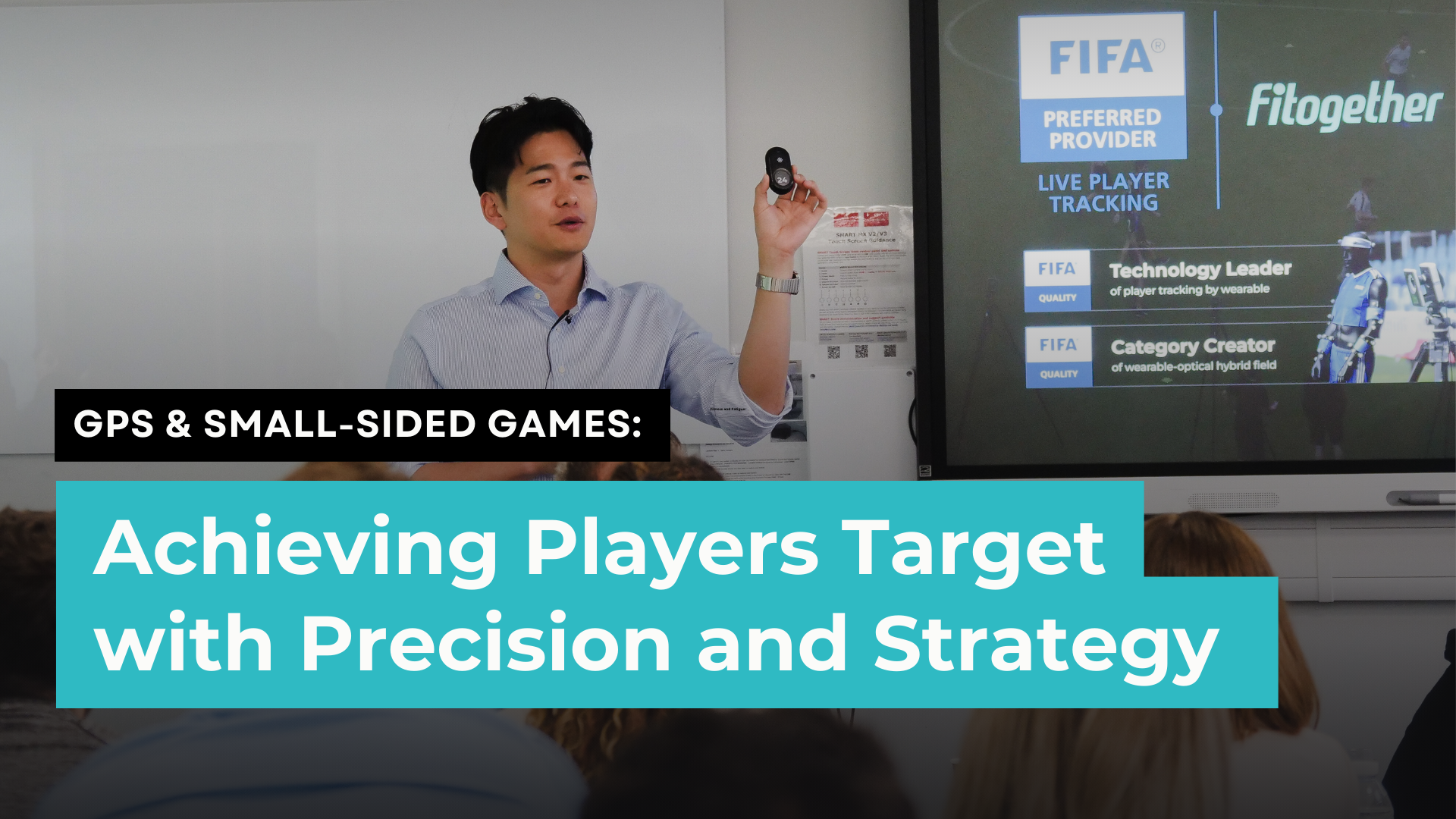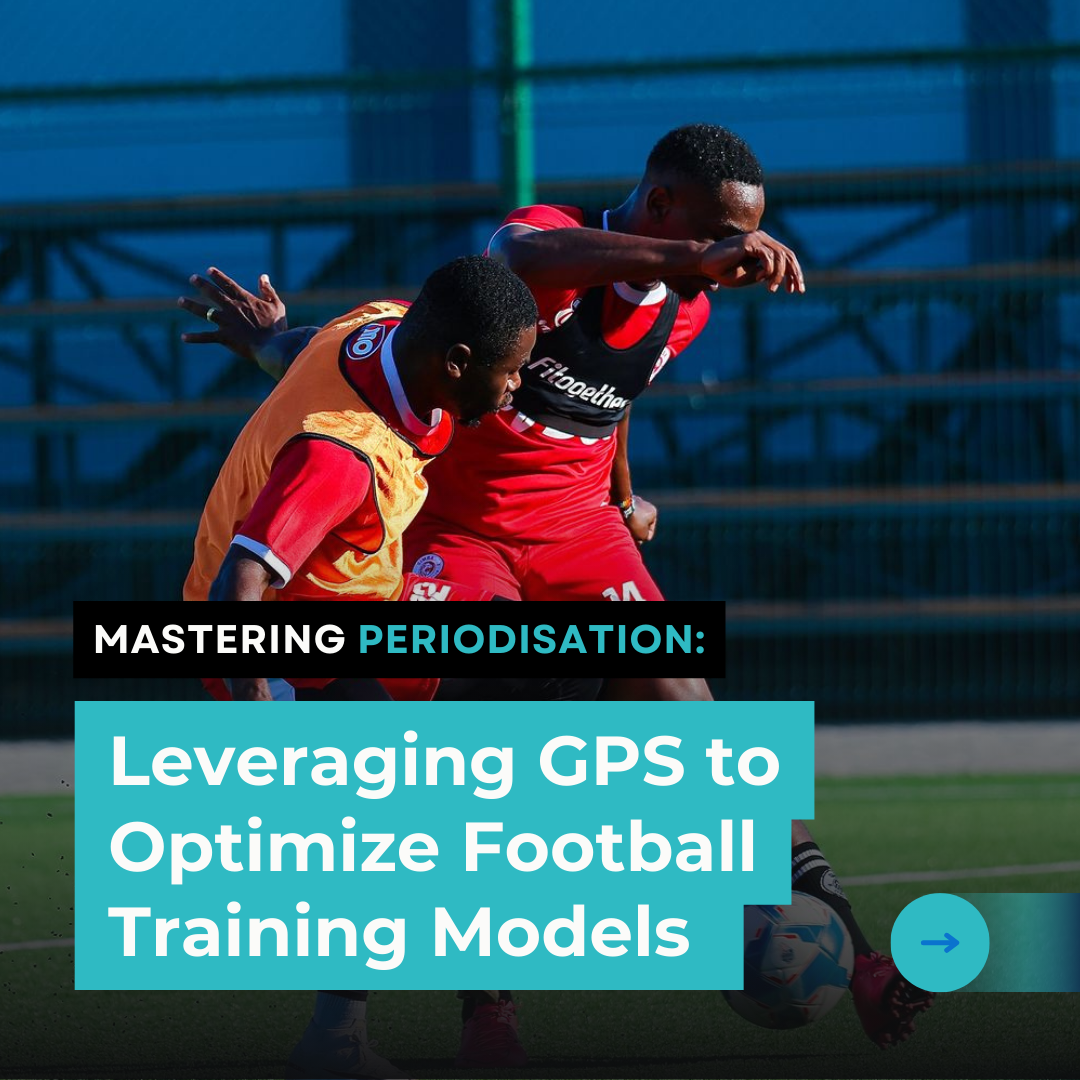
Welcome back to Fitogether Newsletter!
In this edition, we are going to talk about Small Sided Games (SSG), a training cornerstone for footballers at all levels. SSGs, typically played on smaller pitches with fewer players, are designed to maximize engagement, skill development, and tactical understanding in a compressed setting.
Small Sided Games (SSG’s) are crucial to every footballer’s training routine and modern football as they enable specific technical, tactical and physical components to be developed at the same time.
Because of the smaller pitch and fewer players SSGs inherently simulate more intense and more compact match-play scenarios; these sessions can vary significantly in intensity, which is the reason integrating GPS technology has become crucial in managing and measuring the load during SSGs.
This blog explores how GPS technology can be used to enhance the conditioning aspects of small-sided games, ensuring players reach the required fitness levels while maintaining peak performance throughout the season.
What are Small-Sided Games?
SSGs involve reducing the number of players on each team—such as 4v4, 5v5, or 7v7—played on smaller pitches than what games are played on. This format forces players to work in tighter spaces, make quicker decisions, and replicate match-like conditions in a focused setting. SSGs are popular for their ability to combine tactical, technical, and physical training into one exercise.
One of the key benefits of SSGs is that they naturally lead to high-intensity efforts due to the reduced playing area and player density, which makes them an excellent tool for conditioning.
Why Use Small-Sided Games?
SSG’s have three factors that can be affected to change the outcome from a physical standpoint; these are:
- Number of Players
- Dimensions of the pitch (relative pitch area per player)
- Work : Rest Ratios.
Each of these will determine the physical outputs that you will get from your GPS units and what reports you see on your Fitogether cloud platform.
Let's use the dimensions of the pitch to look at how it can affect the outcome of your GPS metrics:
- Increasing the size of the pitch will provide players the opportunity to perform high speed running (>19.8km/h). GPS can track the overall distance covered and time spent in moderate-to-high-intensity running metrics.
- Decreasing the pitch size can stimulate more frequent high-intensity actions and produce a greater number of Accelerations, Decelerations, Acceleration Distance & Deceleration Distance. You can use GPS data to ensure players perform at or near match intensity for these short bursts, preparing them for high-energy phases in real matches.
-
One of the other factors is work:rest ratios, by altering this, you can enhance training aims. For example, SSGs can also be used to develop speed endurance, which is critical in elite football where repeated sprints are common. GPS metrics such as repeated high-intensity actions, accelerations, and decelerations can provide insight into whether players are maintaining intensity across the entire work period or if fatigue is setting in. Adjusting the drill’s rest periods based on GPS feedback can help improve players' ability to sustain high-intensity efforts over time.
So, how to Integrate SSG’s into your training schedule?
SSG’s can be implemented throughout your training week to achieve various aims:
- MD +1 sessions where you're aiming to give your nonstarters from the previous game match level intensity and a high number of accelerations, and decelerations that are generally harder to find in non-ball related sessions/conditioning.
- Your smaller pitch day/strength day (Tactical Periodisation Model) of the week. These will be used to ensure that your players get match-level intensity for your short and sharp actions like accelerations and decelerations.
- MD -1 training is used to provide players with high levels of intensity in the preparation for the game the next day; however, what you will find is the duration is normally lower than on any other day. The idea is that you replicate match-level intensity to ensure preparedness, but with the short work periods, you don’t fatigue players going into the game. Plus, they add a level of fun and competitiveness that players need in their training schedules.
In addition, Sport Scientists and Fitness Coaches can request SSG’s to be included in training sessions if they feel that are overly heavily on tactical coaching elements such as phases of play, 11 v 11 shape, or Attack vs. Defence sessions.
This provides the balance of physical and conditioning aspects of training. Tactical sessions often involve less intense physical exertion, particularly for certain players. SSGs, however, ensure that players maintain a high intensity, cover more ground, and perform more high-intensity actions, enhancing aerobic and anaerobic conditioning while still allowing some tactical elements to be practiced in a dynamic environment.
How can GPS provide benefits to enhance SSG’s?
GPS data provides you with information on your player's training volume and intensity throughout each session.
Breaking down your sessions on Fitogether means you can start to analyze the physical outcomes and therefore plan future training with your outcomes in mind.
The idea of SSGs is to provide greater than match-level intensity for short durations to prepare players to be able to perform multiple high-intensity actions when required.
To ensure that these intensity levels are achieved, you first need to understand what your players do in a match and then work from there. By benchmarking players' match data, you have a blueprint to achieve high-level intensity sessions like SSGs.
Use specific metrics to give you objective information if your SSGs are achieving the desired outcomes; use our previous blog on how to choose specific metrics that can be used to compare intensity markers from your SSGs. If you are not achieving match level intensity or greater, then you might need to revert to the 3 factors that can be changed for SSGs above.
Another key aspect of using your GPS units is to record each session and create a drill database, you can use this information to help provide the correct choice of SSG for the scenario based on physical metrics wanted, the number of players available, and the overall aim of the training.
Conclusion: GPS as a Tool for Conditioning in SSGs
To sum up, the utilization of GPS technology in the preparation of Small-Sided Games is a game-changer in the strategy and plans used by coaches and sports scientists. Not only are there tactical and technical goals to be achieved during SSG sessions, but there are also physical benchmarks that require the use of SSGs during training sessions.
SSGs are therefore very critical, as they allow players to train effectively and meet their physical performance targets. SSG training designs can incorporate GPS features to modify pitch dimensions, the number of players, and work-rest ratios that are most suitable for any given competitive match. And... the right SSG metrics help them replicate or exceed match intensity which helps build fitness, speed endurance, and game readiness!
This data-driven approach to SSGs offers a blueprint for maximizing both individual and team development, ensuring that players can perform high-intensity actions repeatedly over time while minimizing injury risks.
By leveraging GPS insights, teams can better balance the tactical and physical elements of training, creating a comprehensive and effective performance environment.
Ultimately, the consistent use of GPS with SSGs ensures that training sessions align with match demands, conditioning players for success on the pitch, and providing a scientific basis for optimizing both performance and recovery.
If you want to learn in detail how our Fitogether can take your training methods to another level and enhance your SSG session, you can book an introductory call with Fitogether today! We would like to show you how our adapted approaches can help you integrate your coaching strategy on the pitch.
Reach out to us and change the way you have been training your players.
Cheers, Fitogether.
.png)

.png)